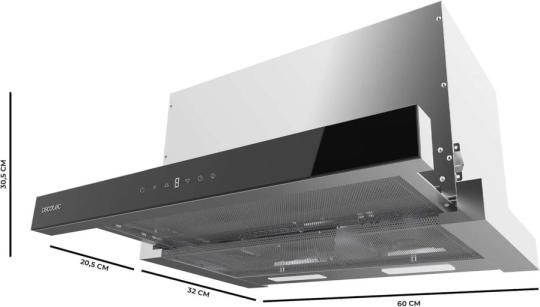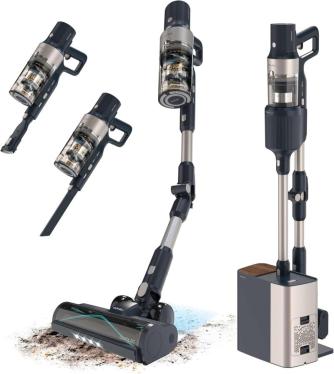240-Volt Buyer's Guide
Are you planning on buying 240-volt appliances but do not know how it affects your daily lifestyle? If that is the case, then this user's guide is the perfect place for you! Here, our professionals from Sam Stores will tell you all the benefits that you get from using a 240-volt appliance, along with a few other things that every consumer needs to know.
When we talk about it, the primary advantage of using a 240-volt power appliance over a 120-volt device boils down to one specific point, which is often referred to as Joule's Law. This law states that power is equal to voltage times current. Double the voltage will help you transfer twice the power. Below you will find a few critical differences between 240-volts and 120-volts of power.
Double voltage means double power.
All 240-volt power is also called three-phase power. The wire tends to be thicker in a three-phase system, meaning you will have less draw on the box. In addition to helping in producing power, wires also tend to create resistance. The thicker wire you have, the more resistance you will have to deal with, thus less draw.
The advantage of creating less resistance is that you will have fewer chances of a breaker slipping if you turn on other devices. This will help you stop other appliances from flickering when you turn on two different items from the same breaker. This means that a machine or equipment working on 240-volts will take twice the power of an appliance of 12-volts before they trip the breaker.
Monetary differences
As far as money goes, there is not a lot of difference. It may seem like since you require fewer amps of electricity with a 120-volt appliance, you will need less power, but in reality, you will be using the same amount of electricity just through a different conversion.
When more amps are open using 240-volts, there is a chance that your e-bill is going to be higher, but only because a higher amp allows you to put multiple devices through them. For instance, in an outlet that uses a blow dryer or a toaster, you will have to run either one or the other using a 120-volt supply, but with 240-volt power outlets, you can use both these appliances at the same time, and time is money.
Things you need to consider
Before buying a 240-volt appliance or arranging for the installation of these outlets around the house, you need to consider a few critical things. For example, you need to ensure that the primary source of electricity in your home is capable of supporting so much voltage.
Most residential projects around America are not wired to support the use of 240-volt appliances. Getting these connections done to your property requires you to get a special permit from the city authorities.
It is also critical that you hire a licensed professional to get the job done rather than yourself without any previous experience.
What do you mean by a 240-volt outlet?
You are planning to shift your home from one country to another and plan on moving your electrical devices with you. In that case, you should have a better understanding of all the numerous differences between 120-volt and 240-volt outlets.
You, as the owner, need to make sure that all these devices are plugged into an outlet that matches the required voltage, or else your appliance will not function as it should.
This is why if you wish to bring your old microwave, washing machine, refrigerator, or any other electrical appliance, it would be best if you ensure that your new home has all the required power outlets. Using the recommended voltage for all your devices is the primary way to ensure that there are no potential accidents while securing the overall quality of your appliance.
What are the main features of 240-volt appliances?
- Let's say you plug a 220-volt appliance into a power outlet that has a lower voltage (120-volts). In that case, y device will not perform like it ideally should since you are not giving it the energy required by the device for optimum performance.
- All 240-volt appliances require twice the amount of power to run when compared to a 120-volt machine. This means that devices such as a 240-volt drill will need double the energy for optimum performance.
- Your E-bill is going to go higher if you use 240-volt appliances around the house. It is vital for you, as a consumer, to ensure that your home's primary electrical system is capable of handling high-power devices. Most homes in the USA are not wired to support 240-volt devices.
- Besides ensuring that a professional make the required connections to support 240-volt appliances, you also need to make sure that you get the required permit from the city authorities before getting the wires installed.
- Check with the product manufacturer to see if your appliance is a single or a dual voltage device since it will require you to go for a different type of wiring and permit.
Some 240-volt appliances that are commonly used in the USA
Cooking ranges
Most high-end cooking ranges consist of two critical components, the burner, and the oven. Though the burner needs gas to function, the oven may require a 240-volt power switch to give you the best performance.
AC
The air conditioner is a perfect example of a 240-volt appliance. Ideally, air conditioners that require 240-volts of electricity will ensure that you get fast and efficient cooling in no time.
Washing machines
Washing machines are another excellent example of a 240-volt appliance because it requires a tremendous amount of power to wash clothes in a washing machine. If you have a washing machine that cannot function at 240-volts, you will notice that it will get fewer loads done simultaneously.
Cooktops
Numerous cooktops need greater power and voltage to give you their best performance. These cooktops also provide you with faster and better results along with higher energy efficiency when compared to 120-volt cooktops.
Most 240-volt appliances are produced and sold in mass because they are compatible with various electrical systems worldwide. From common kitchen appliances to commercial-grade machines, air conditioners, water heaters, and furnaces, you can find many 240-volt devices everywhere you go. The popularity of 240-volt appliances is backed up by several advantages that you enjoy with more power.
Safety
While 240-volt appliances tend to run on twice the voltage of a 120-volt device, they tend to require fewer amps to function. This means that these appliances can use thinner wiring and are less likely to overheat.
Other important features of 240-volt appliances
Cheap
240-volt appliances often come at a low price. Since 240-volt devices are so common amongst people, manufacturers try to produce them in bulk.
Another reason why these appliances tend to be affordable is that they run on a high current but low resistance, meaning that you can choose to use thinner wires and, at the same time, cut costs on higher amperage components.
Less effort, better results
Higher volt also means you get much more work done from a 240-volt appliance when compared to a 120-volt machine. 240-volt devices have a superior and robust output, which means that a 240-volt drill will require less effort to get the same task done than a 120-volt drill; 240-volt kettles will boil water faster than a 120-volt kettle, and so on.
Compatibility
Most countries like the UK, Australia, a few regions of Asia, and many other countries run 220-volt to 240-volt from the primary grid. This means that 240-volt appliances are much more likely to function throughout the world than 120-volt appliances.
Conclusion
Are you planning on purchasing a 240-volt product? If yes, then you can choose to visit our webpage at once! At Sam Stores, we have all different appliances, gadgets, equipment, and various other 240-vol products that will help you get the job done.
Want to take a look? Click here to visit our webpage and find your perfect product today!
Top Categories
- 220 volts Phones & Fax Machines
- 220 Volts Irons/ Steam Press
- 220 volts Power tools
- 220 Volts Angle Grinders
- 220 Volts Drills / Drivers
- 220 Volts Paper Shredders
- 220 Volts Garbage Disposals
- 220 Volts Washers
- 220 Volts vacuums
- 220 Volts Blenders
- 220 Volt Region Free Player at SamStores
- 220 Volts Pressure cooker
New PRODUCTS
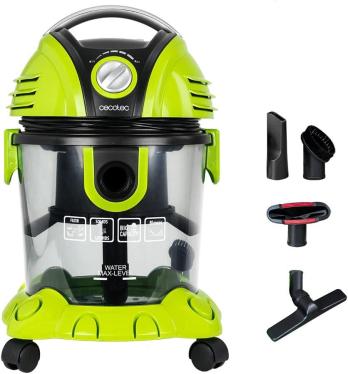 Quick View
Quick View
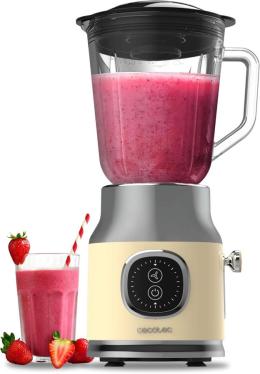 Quick View
Quick View
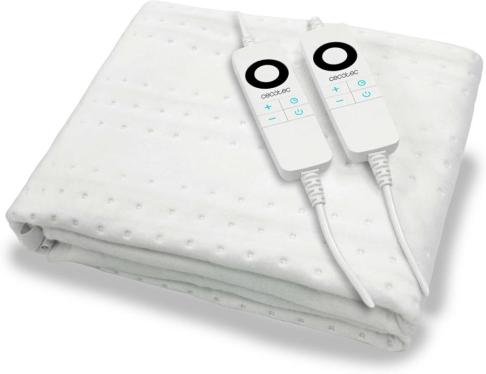 Quick View
Quick View
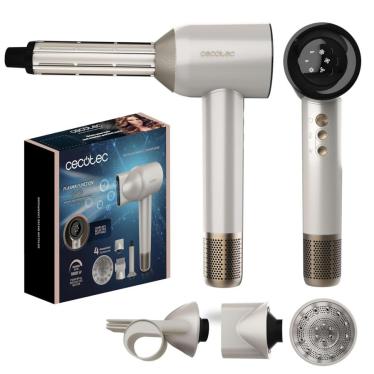 Quick View
Quick View
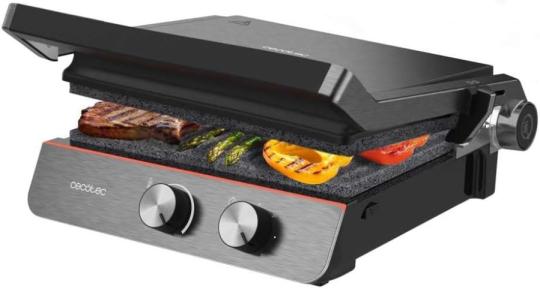 Quick View
Quick View
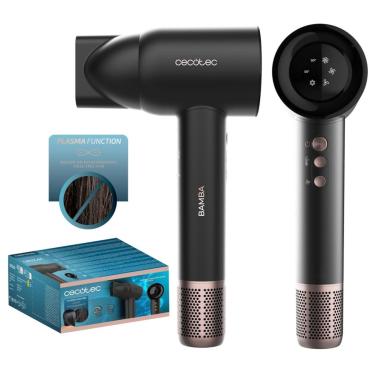 Quick View
Quick View
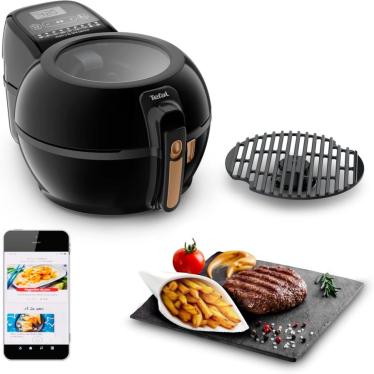 Quick View
Quick View
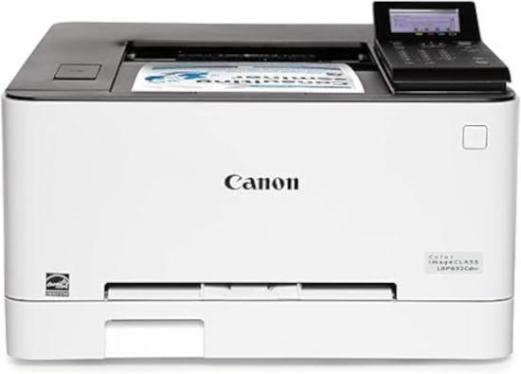 Quick View
Quick View
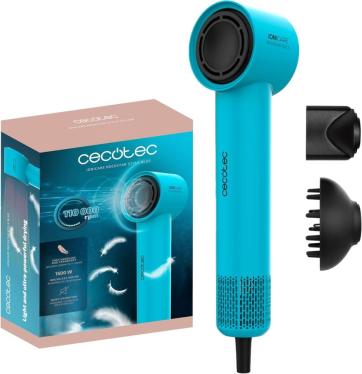 Quick View
Quick View
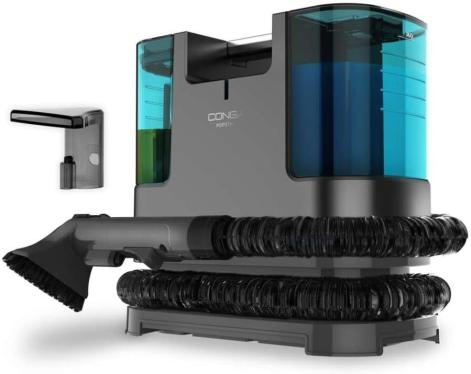 Quick View
Quick View



